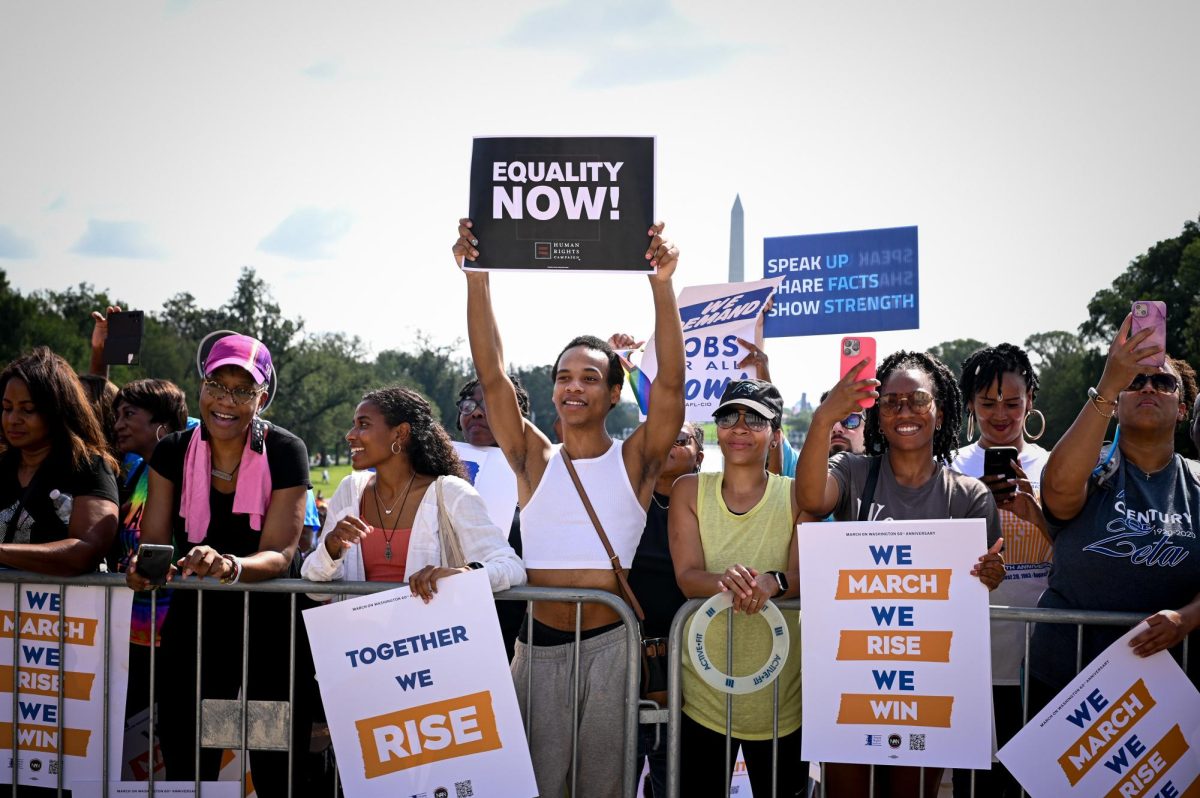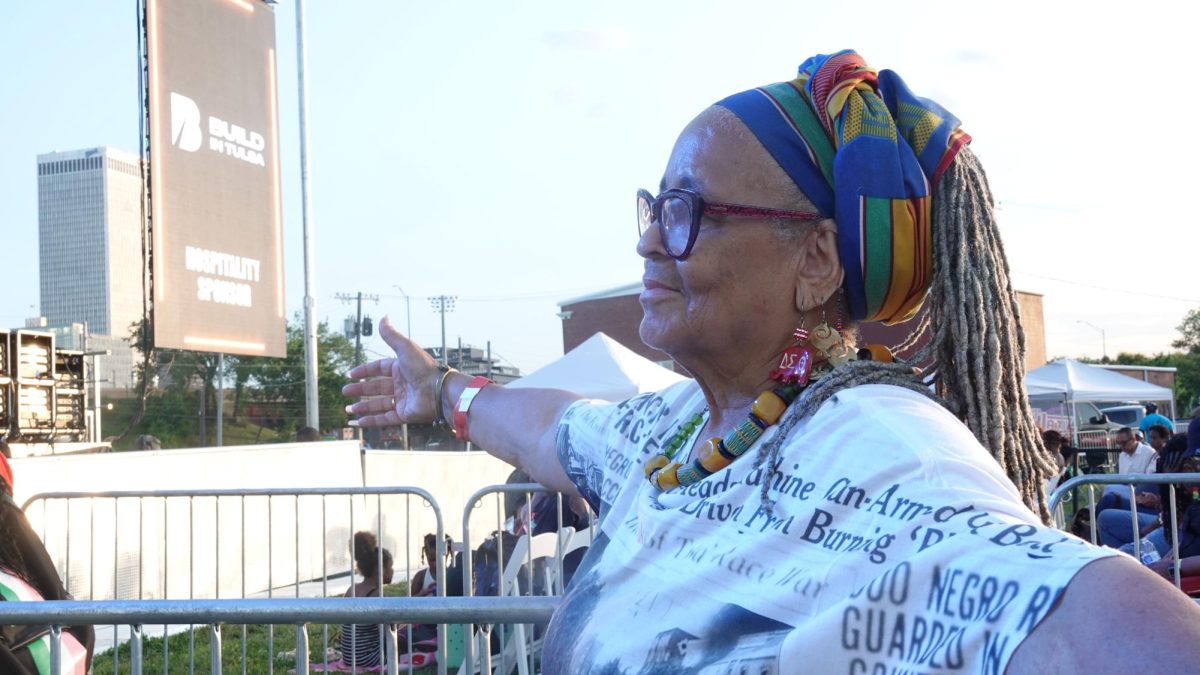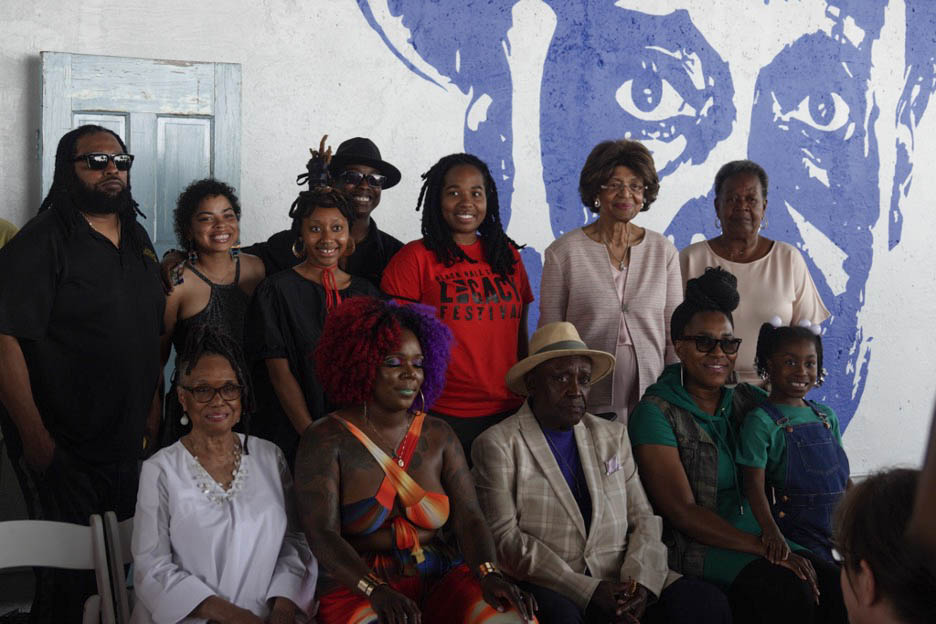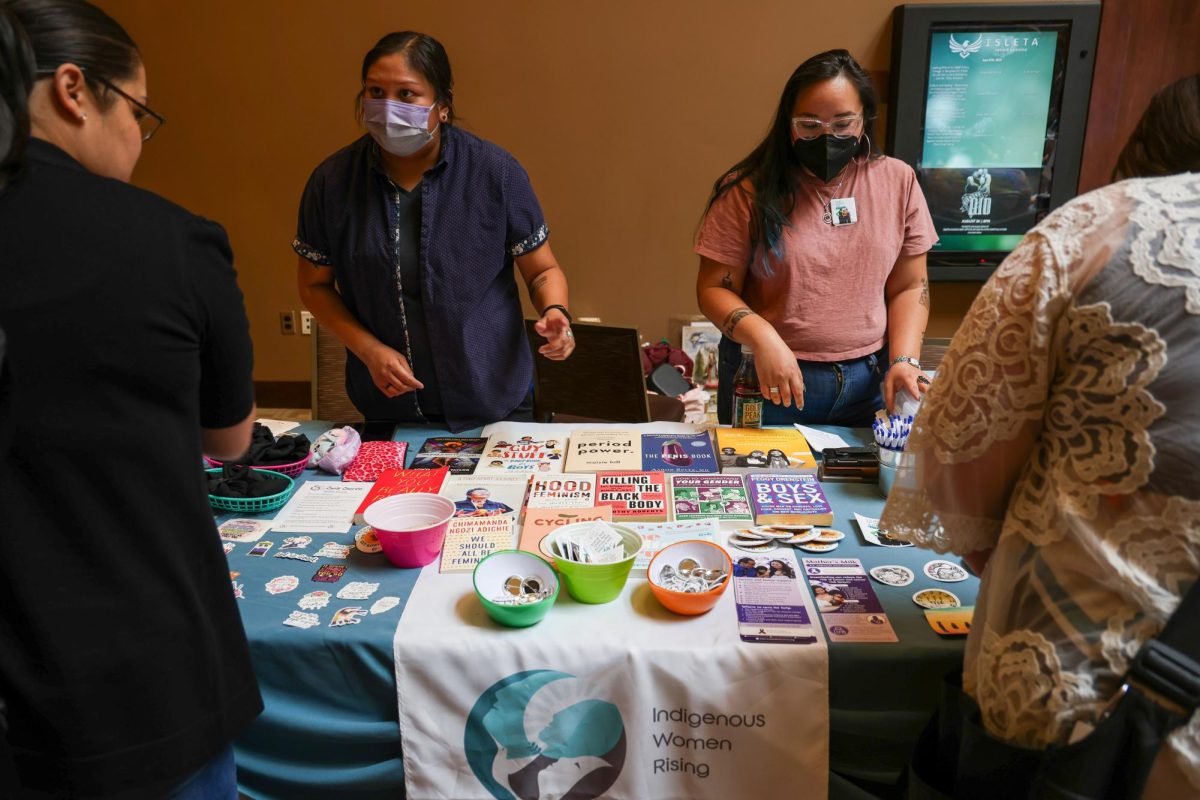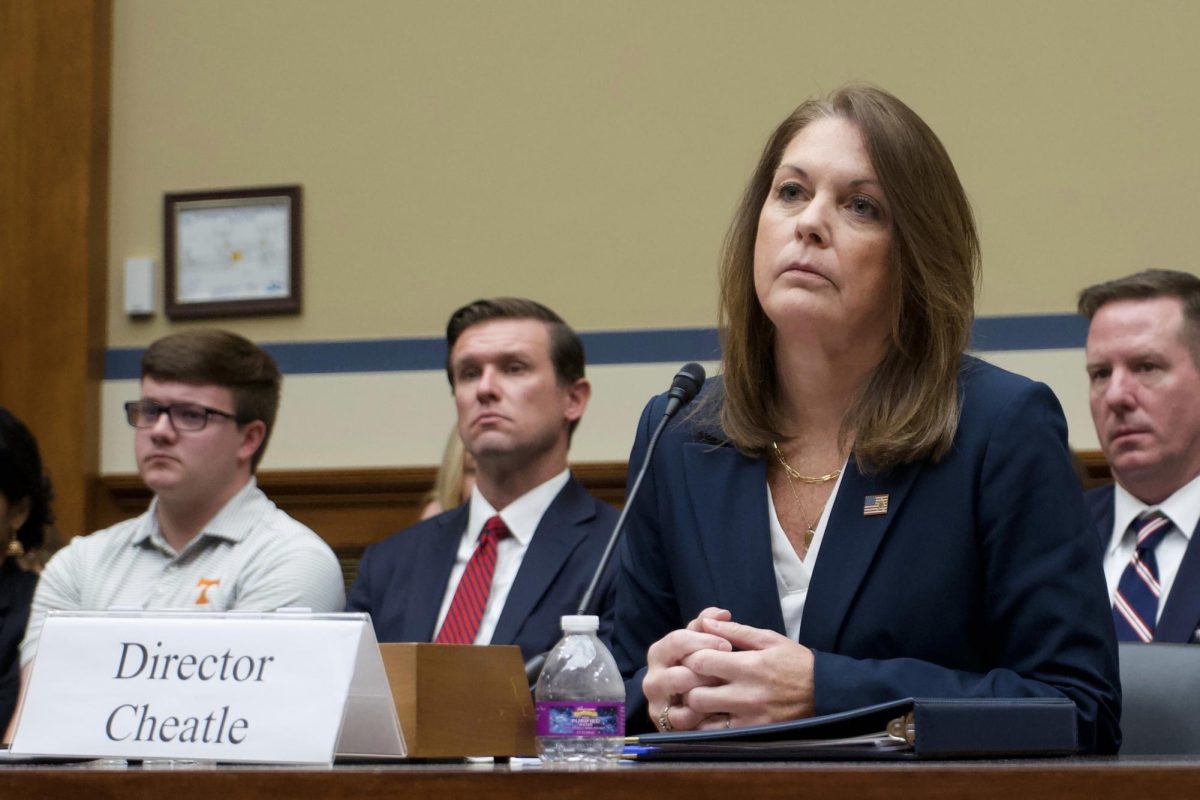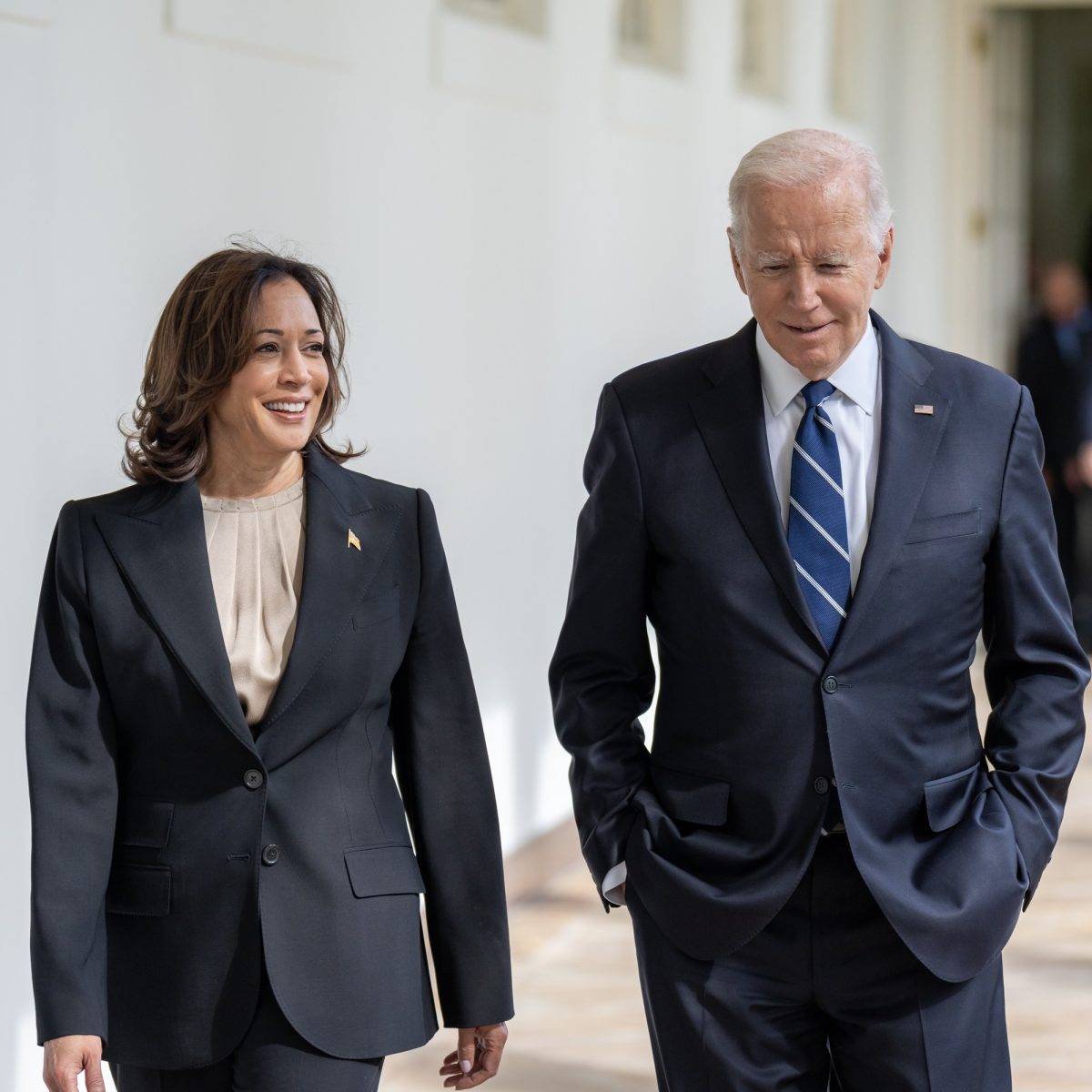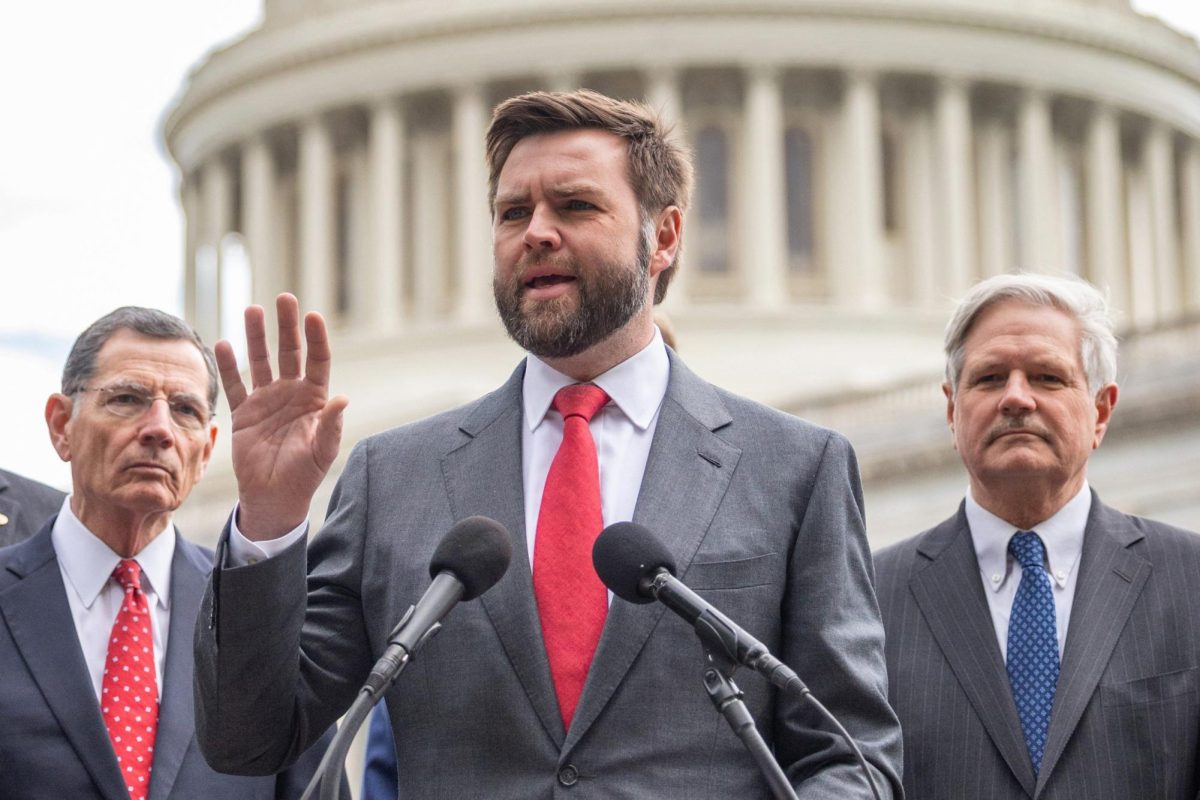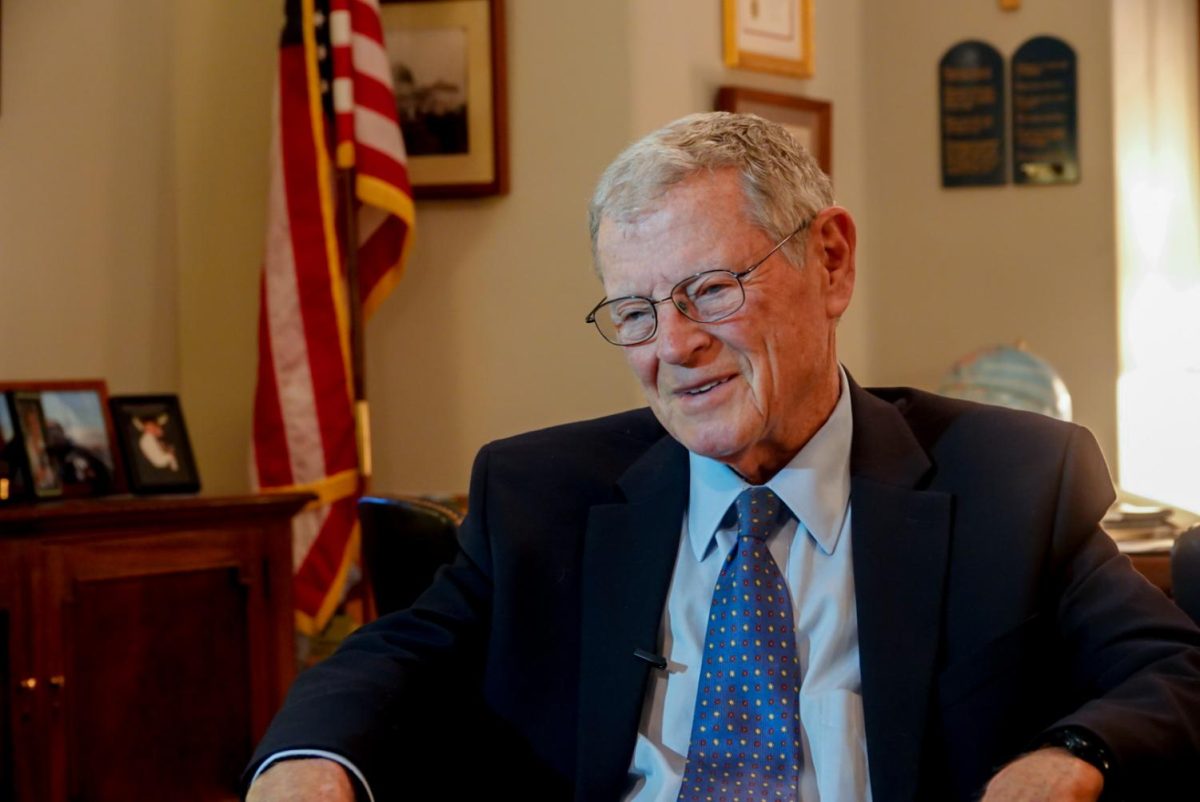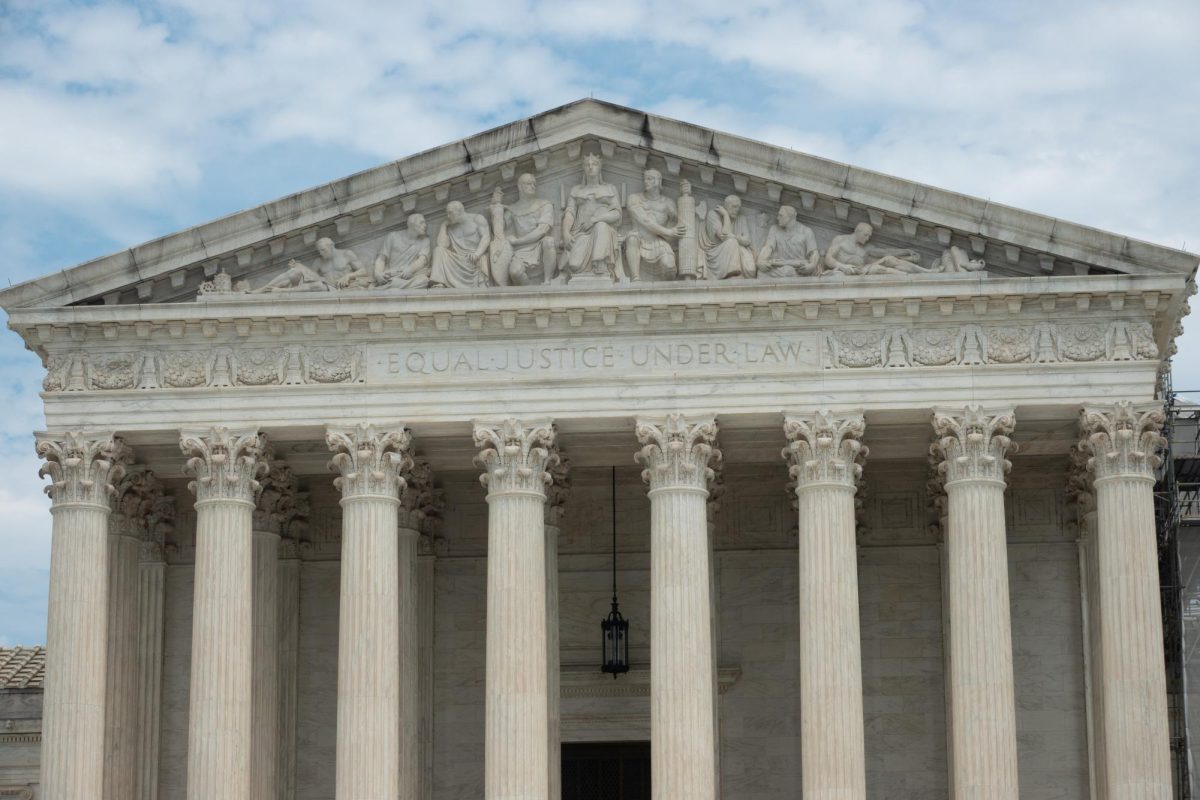WASHINGTON – On August 28, 1963, the Rev. Dr. Martin Luther King Jr. stood on the marble steps of the Lincoln Memorial in Washington, D.C. to convey his vision for the future of America — one where a person is judged not by the color of their skin, but by the content of their character.
An estimated 250,000 people gathered that day to demand equal rights and opportunity for Black people and to participate in the March on Washington. There, Dr. King delivered his renowned “I Have a Dream” speech that reinvigorated the fight for racial justice and quickly became a symbol of the civil rights movement.
On Saturday, 60 years later, thousands gathered once again to celebrate the anniversary of that historic day.
It was not a commemoration of the march or of the dream composed by Dr. King six decades ago, but a continuation of the fight for racial justice set into motion by the civil rights leaders of the past.
“We are here to liberate the soul of the nation, the soul of democracy from those forces who would have us all go backwards and perish rather than go forward as sisters and brothers. We will never betray those who marched for us, fought for us, live for us, die for us. We are the children and the grandchildren of their struggles, and we will be worthy of their sacrifices,” Arndrea Waters King, wife of Martin Luther King III and fellow civil rights advocate, said Saturday at the anniversary.
“This is about freedom. This is about peace. This is about love. This is about our children. We are not here for commemoration. We are here for a rededication to the fight for a future where at long last America’s practice will be as good as its promise.”
Standing shoulder-to-shoulder on the steps of the Lincoln Memorial, or under the shade of nearby trees, those in attendance listened as dozens of speakers reflected on the past and shared their hopes for the future.
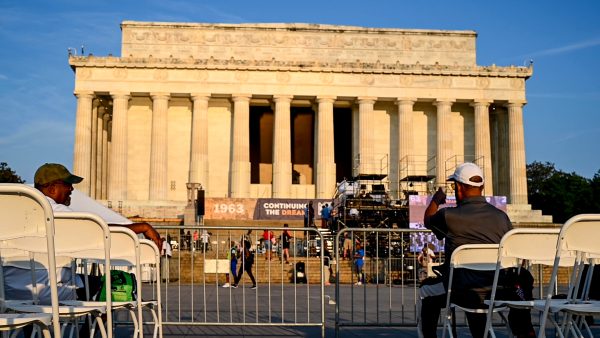
‘Darkness and light’
Among the speakers was Oklahoma City Mayor David Holt, a member of the Osage Nation, who said in an interview with Gaylord News he was honored to be a part of this historic anniversary.
“I also stand here today as a member of the Osage Nation of people whose experience runs parallel with so many in this country who have fought against bigotry. I also stand here as the mayor of Oklahoma City, the capital of a state that has seen darkness and light,” Holt said in his speech.
Holt mentioned pivotal moments in Oklahoma history, including the Trail of Tears and the Tulsa Race Massacre of 1921, and acknowledged the strength of those who persevered. Oklahoma was home to several champions of the civil rights movement, including Clara Luper, an Oklahoma City School teacher and NAACP youth leader who initiated the Katz Drug Store sit-in of 1958.
The sit-in occurred after Luper and 13 Black students were denied service at the store’s lunch counter in downtown Oklahoma City because of their skin color. The sit-in lasted three days and was the first direct action in the struggle for civil rights.
“They were among the first anywhere to sit down so the others can finally find the courage to stand up,” Holt said.
In 2022, Holt announced a plan to construct a monument depicting Luper, the 13 sit-inners and the waitress who refused to serve them. The monument will be part of the Clara Luper Sit-In Plaza at Robinson and Main in downtown Oklahoma City, where the original drug store once stood.
Holt said the monument is expected to be completed by the end of 2024.
“Miss Luper and her young people were still hard at work when they came to this march on Washington in 1963, and stood right where we stand today,” Holt said. “Clara Luper and her sit-inners still inspire us in Oklahoma City. And their journey to this place in 1963 was no coda. It was a continuation. So, too, is our gathering today.”
‘We were hanging on to every word’
Marilyn Luper Hildreth, daughter of Clara Luper and one of the 13 sit-inners, remembers the 1963 March on Washington well.
Her mother had arranged two buses for the nearly 20 hour drive from Oklahoma City to Washington, D.C. so her students could hear the words of Dr. King and participate in the march. There, Hildreth said she remembers seeing for the first time in her life a diverse crowd of people gathered for a common purpose.
“We saw all races, creeds and colors,” Hildreth said in an interview with Gaylord News. “I could better understand what we were taught when they would say America is built on the diversity of its people…It was a glorious day.”
Joyce Henderson, who was one of Clara Luper’s students, was also on the bus to D.C. that day.
She was 16 and said the march was unlike anything she had ever experienced.
“To go there and experience it, not hear it on television, not listen to it on the radio, but to have been there in person (was) a priceless experience,” Henderson said in an interview with Gaylord News. “I can truly say it made a difference in my life.”
The moment Dr. King began his speech, Henderson said the crowd fell quiet.
“Dr. King’s voice commanded your attention, and when he spoke, everybody was listening,” she said. “We were hanging on to every word.”
Sixty years later, both Hildreth and Henderson look back on that moment fondly and remember the power of Dr. King’s words. However, they said his dream is far from being fulfilled.
“Back then we were fighting and wanting to change and have equality in the educational system, with our jobs and eating facilities, recreation facilities and housing. We had all of those issues that were part of that movement in 1963,” Henderson said. “I hate to say it, but we’re still discussing those same issues in 2023.”
Both pointed to the lack of comprehensive Black history education in schools as one of the issues affecting the racial justice movement today.
In 2021, Oklahoma Gov. Kevin Stitt approved House Bill 1775, which prohibits schools from knowingly or unknowingly teaching that a person, because of their race or sex, is inherently racist, sexist or oppressive. The bill, which effectively banned critical race theory from the classroom, has made it difficult for educators to accurately teach Black history to students.
“We’ve got to make sure that we teach history according to the way history was made,” Henderson said. “You need to know what happened in the past…so we can continue to move forward and progress in the future.”
‘Keep fighting’
After the speeches at the anniversary concluded, thousands of people filed onto the streets of the National Mall, shouts of “no justice, no peace” filling the air, to continue the work of those who marched before them.
Though Henderson and Hildreth were not able to attend the anniversary celebration, they remember the feeling of hope they experienced there back in 1963.
The country has come a long way since that day, they said, but there is still a long way to go.
“Keep fighting,” Hildreth said. “The struggle is alive, and we need to fight until we can’t fight anymore.”
Gaylord News is a reporting project of the University of Oklahoma Gaylord College of Journalism and Mass Communication. For more stories by Gaylord News, go to GaylordNews.net.

